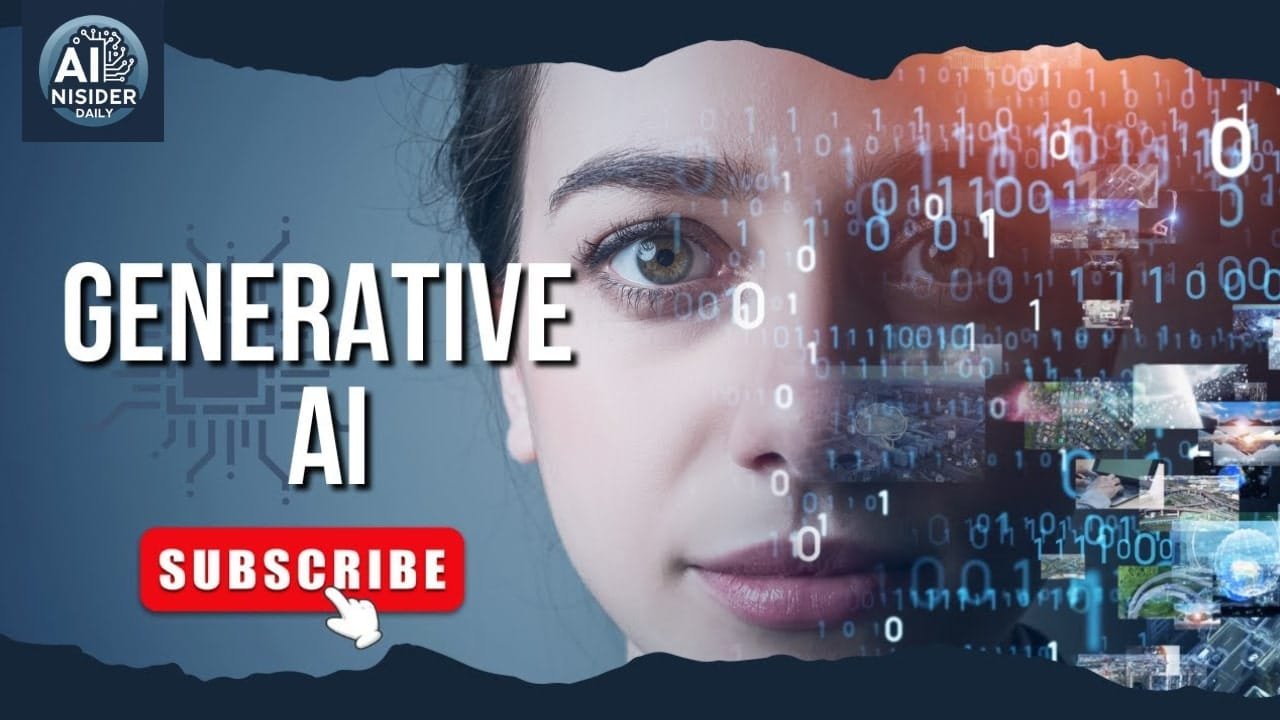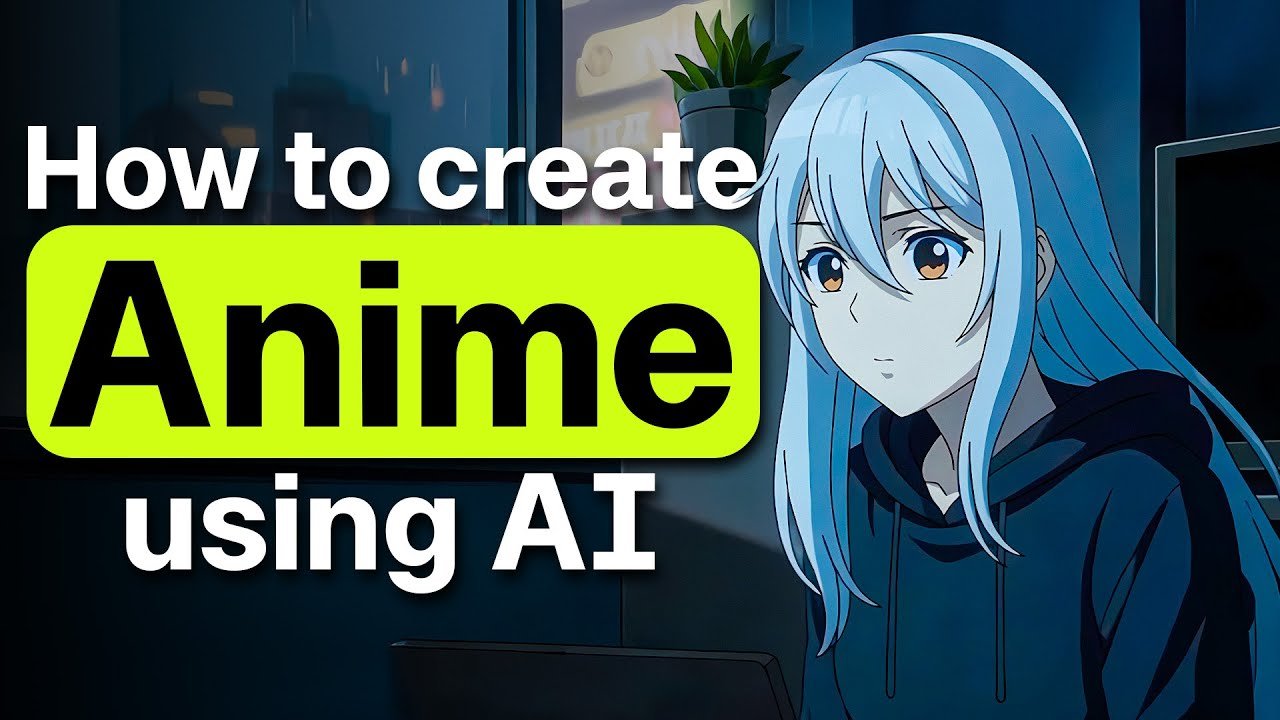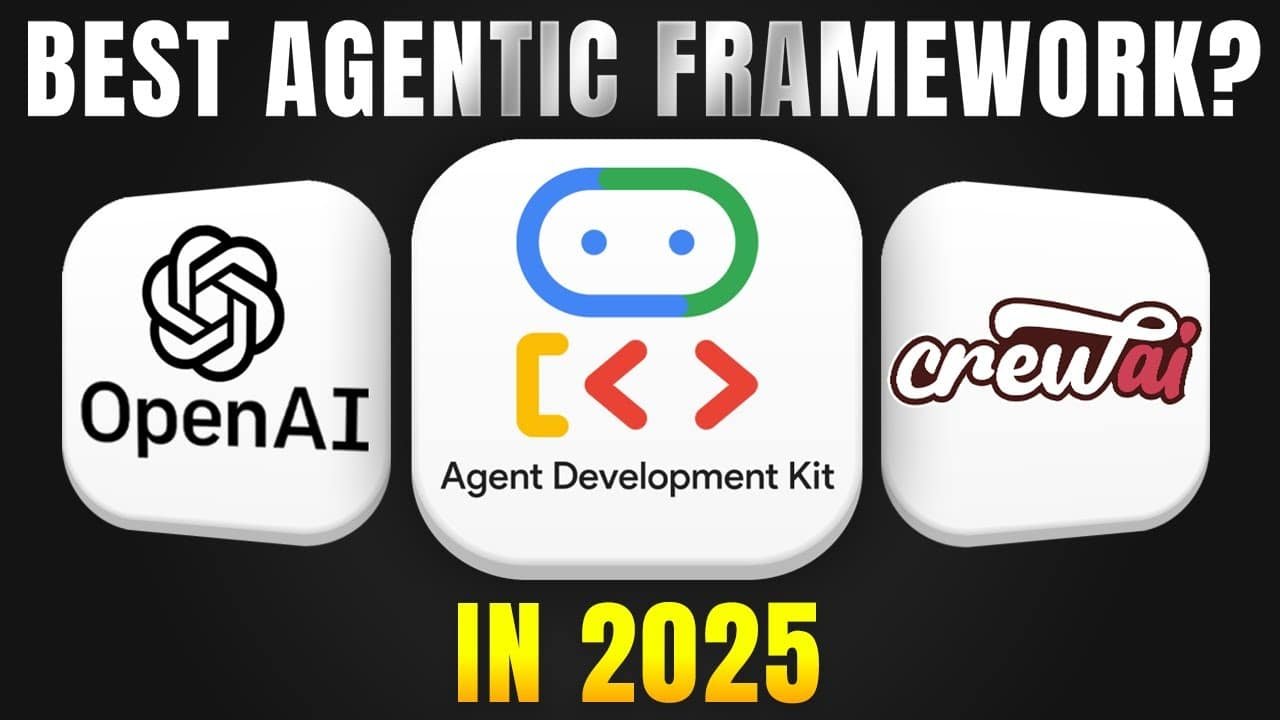The Uneven Impact of Generative AI on Entrepreneurial Success: Who Wins and Who Falls Behind?
Introduction
When Casey Mitchell launched her digital marketing agency in 2023, she was a one-woman show with limited resources but a strong vision. Within six months of integrating ChatGPT and Midjourney into her workflow, she was managing campaigns for seven clients, producing content at triple her previous capacity, and charging premium rates for AI-enhanced designs. Meanwhile, across town, veteran freelance copywriter James Henderson saw his client base shrink by 30% as businesses began experimenting with AI-generated content, forcing him to slash his rates to remain competitive.
These contrasting stories aren’t isolated incidents—they represent a growing divide in the entrepreneurial landscape as generative AI transforms how businesses operate. The question isn’t simply whether AI is good or bad for entrepreneurs, but rather: Why are some entrepreneurs thriving with AI while others are falling behind?
What Is Generative AI (and What It Means for Entrepreneurs)
Generative AI refers to artificial intelligence systems that can create new content—text, images, audio, code, or video—based on patterns learned from existing data. Unlike traditional AI that follows strict rules or makes predictions based on historical data, generative AI can produce entirely new outputs that didn’t exist before.
For entrepreneurs, tools like ChatGPT (text generation), DALL·E and Midjourney (image creation), Claude (conversational AI), and other emerging platforms represent powerful new capabilities:
- Content creation acceleration: Generating blog posts, social media content, product descriptions, and marketing copy in minutes rather than hours
- Design democratization: Producing professional-quality graphics, logos, and visual assets without expensive design skills
- Process automation: Streamlining customer service, data analysis, and routine business tasks
- Cost reduction: Accomplishing more with smaller teams and lower overhead
According to McKinsey’s 2023 Generative AI Report, these technologies could add between $2.6 trillion and $4.4 trillion annually to the global economy across various use cases. For entrepreneurs, this translates to unprecedented opportunities for efficiency, creativity, and growth—at least for those who can effectively harness these tools. McKinsey
However, this technological revolution isn’t being experienced equally across the entrepreneurial spectrum. While some founders are riding the AI wave to new heights, others are struggling to stay afloat as the technological tides shift beneath them.
The Winners: Who Benefits from Generative AI?
Case Study #1: The AI-Empowered Solopreneur
Emily Zhao, a former marketing manager turned solopreneur, launched her digital content agency in 2023 with nothing but a laptop and a ChatGPT Plus subscription. Within six months, she was serving clients across three continents.
“I’m effectively running a full-service agency by myself,” Zhao explains. “I use ChatGPT to draft initial content strategies, Midjourney to create stunning visuals, and various AI tools to handle administrative tasks. What would have required a team of five people before can now be accomplished by one person with the right AI toolkit.”
Zhao’s approach demonstrates how AI serves as a “business multiplier” for solo entrepreneurs:
- Morning: Zhao uses AI to draft social media content for three different clients in their brand voice
- Afternoon: She creates custom imagery for each post using Midjourney
- Evening: She schedules automated follow-ups and analytics reporting
The result? A six-figure business with 80% profit margins and the freedom to work from anywhere.
Case Study #2: The AI-Enhanced Startup
Brightline Analytics, a data visualization startup founded by Raj Patel, faced a common challenge: how to scale content marketing with a small team and limited resources. The solution came through strategic AI implementation.
“Before AI, our content marketing was inconsistent—we’d publish maybe one blog post a month,” Patel recalls. “Now we’re publishing three high-quality articles weekly, plus creating video tutorials and social snippets, all with the same two-person marketing team.”
Patel’s strategy involves using AI to:
- Generate initial drafts based on subject matter expert interviews
- Create data visualizations from complex datasets
- Translate content into multiple languages to reach global markets
- Personalize marketing emails for different customer segments
The impact was measurable: organic traffic increased 215% year-over-year, and customer acquisition costs dropped by 38%, according to internal company data.
The Common Thread: Why These Entrepreneurs Succeed
McKinsey’s research indicates that AI adoption has increased from 33% in 2023 to 71% in 2024 across businesses of all sizes. However, the most successful AI-enabled entrepreneurs share distinct characteristics:
- Technological adaptability: They rapidly experiment with and integrate new AI tools
- Process optimization: They identify specific workflows where AI delivers maximum impact
- Value-add thinking: They use AI to enhance human capabilities rather than simply replace tasks
- Brand distinctiveness: They maintain a unique voice and perspective even when using AI tools
- Data intelligence: They leverage customer data to train and improve AI outputs
As noted in the Harvard Business School research on AI entrepreneurship, “AI-savvy founders” learn and grow faster by scaling up marketing content, simulating customer responses, and analyzing feedback more efficiently. Harvard Business School
The Left Behind: Who’s Losing Ground?
While some entrepreneurs thrive in the AI revolution, others face significant challenges as the landscape shifts beneath them.

Case Study #3: The Displaced Creative Freelancer
Andrew Neely, a freelance writer specializing in blog content and product descriptions, saw his client base evaporate almost overnight in late 2023.
“I lost a major client when they decided to use ChatGPT instead,” Neely shared in a Business Insider profile. “They were paying me about $2,000 a month. The company president just casually mentioned they were ‘trying ChatGPT for a while’ and didn’t need my services anymore.”
Neely’s experience reflects a broader trend: According to a study from Washington University published in August 2023, the introduction of ChatGPT caused an immediate decline in freelance work and income, particularly affecting writers, editors, and entry-level creative professionals. The research documented a 1.2% decrease in the likelihood of freelancers receiving new contracts after ChatGPT’s release. Business Insider
Case Study #4: The Technology-Resistant Small Business
Main Street Apparel, a boutique clothing retailer with three physical locations, has watched competitors leverage AI for inventory management, customer service, and targeted marketing campaigns. Despite seeing the potential benefits, owner Maria Hernandez has hesitated to adopt these technologies.
“I know AI could probably help our business, but it all seems overwhelming,” Hernandez explains. “We’re still using spreadsheets for inventory and paper catalogs for ordering. Every time I look into AI solutions, I get lost in technical jargon and high subscription costs.”
Hernandez’s experience reflects a digital divide affecting many small businesses. According to the U.S. Census Bureau, while large businesses lead in AI adoption, there’s significant variation among small businesses, with many struggling to implement these technologies despite potential benefits. U.S. Census Bureau
The Common Barriers: What Holds These Entrepreneurs Back
Several factors contribute to the AI adoption gap:
- Digital literacy challenges: Many entrepreneurs lack the technical knowledge to evaluate, implement, and optimize AI tools
- Resource constraints: Limited capital for subscription costs and implementation
- Industry disruption levels: Some sectors (creative services, content creation) face more direct AI competition than others
- Resistance to change: Psychological barriers to adopting new technologies
- Limited awareness: Many entrepreneurs simply don’t know which AI tools could benefit their specific business model
Research from the U.S. Chamber of Commerce found that while AI adoption among small businesses increased from 23% in 2023 to 40% in 2024, the majority still aren’t using these technologies, potentially putting them at a competitive disadvantage. Marketing Profs
Key Reasons for the Uneven Impact
The growing divide between AI winners and those left behind can be attributed to several key factors:
1. Access to Capital and Resources
Entrepreneurs with funding advantages can:
- Afford premium AI tool subscriptions ($20-100 monthly per tool)
- Invest in customized AI solutions tailored to their specific needs
- Hire specialists to optimize AI implementation
- Experiment with multiple tools to find the best fit
Meanwhile, cash-strapped entrepreneurs often:
- Rely solely on free versions with limited capabilities
- Lack resources to properly integrate AI into existing workflows
- Cannot afford the temporary productivity dip during implementation
- Miss opportunities to test cutting-edge tools that require paid subscriptions
2. Technical Sophistication and Digital Literacy
The “AI-savvy” entrepreneur possesses:
- Familiarity with prompt engineering (getting the best results from AI tools)
- Understanding of AI capabilities and limitations
- Ability to evaluate AI outputs for quality and accuracy
- Knowledge of how to integrate multiple AI tools into a cohesive workflow
Those lacking these skills often:
- Generate poor-quality outputs due to ineffective prompts
- Waste time with trial-and-error approaches
- Struggle to differentiate between valuable AI tools and hype
- Miss opportunities to combine complementary AI capabilities
3. Industry Disruption Levels
Some sectors face more dramatic AI-driven changes than others:
Heavily Impacted Industries:
- Content creation (writing, design, video)
- Customer service and support
- Data analysis and reporting
- Administrative and back-office functions
Less Impacted (So Far):
- High-touch professional services
- Specialized trades and crafts
- Relationship-based businesses
- Highly regulated industries
4. Adaptation Speed
Early adopters gain compound advantages:
- Develop AI expertise before competitors
- Build libraries of effective prompts and workflows
- Train AI on proprietary company data
- Establish reputation as innovative industry leaders
Late adopters face increasing barriers:
- Play catch-up while competitors advance
- Miss the “early mover” marketing advantage
- Face steeper learning curves as AI capabilities expand
- May never close the widening productivity gap
The McKinsey State of AI survey highlights this growing divide: organizations that were early AI adopters report significantly higher rates of value creation and are now extending their lead with generative AI, creating what researchers call an “AI divide” between leaders and laggards. McKinsey
How to Close the AI Gap: Advice for Entrepreneurs

“New tools like Gemini AI and Project Astra, announced at Google I/O 2025, are reshaping content generation and automation.”
🔗 Link to → Google I/O 2025
Regardless of where you currently stand on the AI adoption spectrum, practical steps can help close the gap and capitalize on these technologies.
1. Start with Accessible, High-Impact Tools
Free and low-cost entry points:
- ChatGPT (Free tier available, $20/month for Plus): General-purpose text generation for marketing copy, emails, and brainstorming
- Copy.ai (Free tier with limited features): Specialized marketing content generation
- Canva with AI features (Free tier available): Design and graphics with AI-powered templates and features
- Notion AI ($10/month with Notion subscription): Document drafting, summarization, and idea generation
- Midjourney ($10/month): Image generation for marketing materials and visual content
Quick implementation strategy:
- Identify a single repetitive task consuming significant time (e.g., drafting social media posts)
- Test a relevant AI tool on this specific task for two weeks
- Measure time saved and quality differences
- Expand to additional tasks based on proven results
2. Develop Core AI Literacy Skills
Essential skills for non-technical entrepreneurs:
Prompt engineering fundamentals: Learn to write effective instructions that generate useful AI outputs
- Be specific and detailed in requests
- Provide context about your business and goals
- Include examples of desired outcomes
- Iterate and refine prompts based on results
Output evaluation and editing: Develop critical assessment skills
- Fact-check AI-generated information
- Ensure brand voice consistency
- Identify and correct biased or inappropriate content
- Add personal expertise and unique insights
Workflow integration: Connect AI tools to existing business processes
- Document successful prompts for reuse
- Create templates for common tasks
- Train team members on appropriate AI use
- Establish quality control procedures
3. Focus on Human Value-Add
Rather than viewing AI as a replacement, successful entrepreneurs leverage it as an enhancement while focusing on uniquely human contributions:
Areas where humans maintain advantage:
- Strategic direction and business vision
- Emotional intelligence and customer relationships
- Ethical decision-making and values alignment
- Creative problem-solving in novel situations
- Industry-specific deep expertise
- Personal connection and authentic storytelling
Practical implementation:
- Use AI to handle routine, repetitive tasks
- Redirect saved time to high-value activities requiring human judgment
- Develop systems where AI generates initial outputs that humans refine and personalize
- Emphasize your human expertise and perspective in customer communications
4. Build a Strategic AI Roadmap
Avoid random experimentation by creating a structured adoption plan:
Short-term (1-3 months):
- Audit current time-consuming processes
- Test 2-3 AI tools on specific high-impact tasks
- Document productivity improvements and quality impacts
- Train yourself and key team members on basic AI skills
Medium-term (3-6 months):
- Integrate successful tools into regular workflows
- Expand to additional business functions
- Begin collecting and organizing company data for future AI training
- Develop standard operating procedures for AI use
Long-term (6-12 months):
- Explore more advanced, industry-specific AI solutions
- Consider custom AI development if standard tools don’t meet needs
- Integrate multiple AI tools into a coherent system
- Regularly reassess and optimize as AI capabilities evolve
Ethical and Policy Considerations
The uneven impact of AI on entrepreneurship raises important ethical questions that extend beyond individual business success.
Fairness and Access Issues
The emerging “AI divide” threatens to exacerbate existing inequalities:
- Regional disparities: Entrepreneurs in areas with limited internet access or technology infrastructure face additional barriers to AI adoption
- Educational gaps: Those without formal technical education may struggle with AI implementation
- Language barriers: Most powerful AI tools are optimized for English, disadvantaging non-English-speaking entrepreneurs
- Economic factors: The innovation advantage increasingly flows to well-resourced companies and individuals
According to UNESCO’s 2024 report on AI literacy, fear represents a significant barrier to AI adoption, with surveys across 31 countries showing widespread apprehension about engaging with these technologies. UNESCO
Misinformation and Content Quality
AI-generated content raises concerns about:
- Accuracy and reliability: AI can confidently present incorrect information
- Oversaturation: Markets flooded with low-quality, AI-generated content
- Authenticity: Challenges in distinguishing human-created from AI-generated work
- Intellectual property: Questions about ownership and originality
Potential Policy Solutions
Several approaches could help address these challenges:
Digital inclusion initiatives:
- Government-funded AI training programs for small business owners
- Subsidized access to AI tools for disadvantaged entrepreneurs
- Public-private partnerships for technology education
Ethical standards:
- Transparency requirements for AI-generated content
- Industry guidelines for responsible AI use
- Certification systems for ethical AI implementation
Entrepreneurial support:
- Incubator programs focused on ethical AI adoption
- Mentorship networks connecting AI-savvy business owners with late adopters
- Resource sharing platforms for small businesses
The AI Ethics Council formed by Operation HOPE focuses on these issues, with dedicated attention to business, entrepreneurship, and addressing digital divides that may disproportionately impact underserved communities. Operation HOPE
Conclusion
The generative AI revolution represents both unprecedented opportunity and significant challenge for entrepreneurs across all sectors. While technology has always created winners and losers during periods of rapid change, the acceleration and transformative potential of AI tools make this moment particularly pivotal.
The emerging picture is clear: those who can strategically adopt these technologies stand to gain extraordinary advantages in productivity, creativity, and market reach. Meanwhile, those unable to adapt risk falling increasingly behind as the technological gap widens.
However, this divide is not inevitable. With intentional effort from individual entrepreneurs, supportive policies, and ethical considerations guiding development, the benefits of generative AI can be more broadly shared. The key lies in demystifying these tools, making them accessible across the entrepreneurial spectrum, and maintaining a focus on the uniquely human contributions that no AI can replicate.
As we move forward, the most successful entrepreneurs will likely be neither those who blindly embrace every AI tool nor those who reject them entirely—but rather those who thoughtfully integrate artificial intelligence as one component of a human-centered business strategy.
Are you thriving or struggling with AI? Share your story below or subscribe to AI Insider Daily for weekly insights.
FAQ Section
Q: Can small businesses compete with big AI-powered start ups?
A: Yes, small businesses can absolutely compete with AI-powered startups, though the approach differs. While large companies may invest in custom AI solutions and extensive data infrastructure, small businesses can leverage increasingly affordable off-the-shelf AI tools that require minimal technical expertise. The key advantage for small businesses lies in their agility, deep customer relationships, and ability to provide personalized service that complements AI efficiency. By strategically adopting accessible AI tools for specific high-impact processes while maintaining their distinctive human touch, small businesses can enhance their competitive position rather than fall behind.
Q: What are the best generative AI tools for new entrepreneurs?
A: For entrepreneurs just starting with generative AI, the best approach is beginning with versatile, user-friendly tools that deliver immediate value:
ChatGPT (free tier available, $20/month for Plus) for content creation, brainstorming, and process documentation
Canva with AI features (free tier available) for design work and marketing materials
Copy.ai (free tier with limited features) for specialized marketing content
Notion AI ($10/month with Notion subscription) for document drafting and organization
Midjourney ($10/month) for unique image generation
The most effective strategy is to start with one tool that addresses your biggest time constraint, master it thoroughly, then gradually expand to others as your comfort and requirements grow.
Q: Is AI replacing entrepreneurs or empowering them?
A: Rather than replacing entrepreneurs, AI is fundamentally changing the nature of entrepreneurship—empowering some while challenging others. For adaptable entrepreneurs who leverage these tools strategically, AI serves as a business multiplier, enabling them to accomplish more with fewer resources and expand into previously inaccessible markets. The technology itself doesn’t determine outcomes; rather, it’s how entrepreneurs integrate AI into their business models, workflows, and value propositions that determines whether it becomes an empowering force or a competitive threat. The most successful approach treats AI as a partnership rather than a replacement, with entrepreneurs focusing on uniquely human contributions like strategic vision, creative problem-solving, and authentic customer connections.










